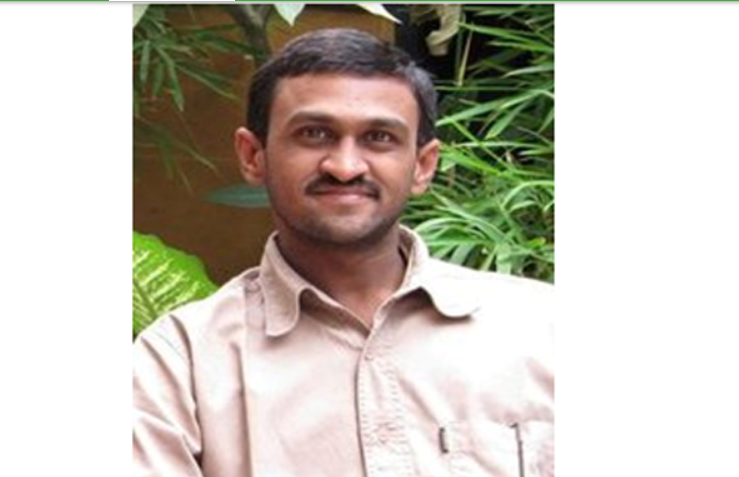|
IMPLEMENTING HEALTH SAFETY AND ENVIRONMENT IN AN ORGANIZATION

Ugandhar Phani Varma, Managing Director, Center for Health Safety and Environment talks about the need for OSH awareness and enforcement in India. He believes no matter what the requirements are, fulfilling the most basic needs should be given top priority. Needs assessment determines many things such as the quantity of required safety gear, fire prevention and protection equipment, trainings, plans, documentation, approximate cost of equipment and overall cost of implementation.
Health safety and Environmental management is being given equal priority with production and quality in the current industrial regime. As the awareness and enforcement in India is on the raise, most of the managements and professionals sometimes find it complicated to organize safety at their workplace. If not sorted out properly, we will be dealing with the most improper things which may deal greater implementation cost. Apart from achieving organizational goals, most of it would be to meet legal & client requirements. So the question arises, where should we begin? What could be the right way of implementation? What if we could not meet the requirements? How do we monitor the progress and effectiveness of implementation?
No matter what the requirements are, fulfilling the most basic needs should be given top priority. Assessing the needs gives us proper insights of what is required. Needs assessment determines many things such as the quantity of required safety gear, fire prevention and protection equipment, trainings, plans, documentation, approximate cost of equipment, overall cost of implementation. Gap analysis is also one form of needs assessment.
Some of the basic needs to implementation are:
Basic safety equipment: Involves Fire fighting equipment, Personal Protective equipment, Emergency kits, First aid kits, Evacuation plans, Signage’s, others equipments according to the necessity.
Documentation: Documentation includes all the Policies, plans and procedures, safe systems of work that are prepared and are well directed in achieving targets and goals set by the organization. Documentation is always a key to implementation. We can measure performance and review at any point of time. Site safety can be controlled with proper documentation.
Minimum set of elements required for implementing HSE management system in an organization would be and are not limited to the following:
- HSE Policy
- HSE Plan
- Risk Management
- Accident and incident reporting and investigation
- Occupational health and hygiene
- Fire prevention and protection
- Environmental Management & Waste disposal
- Emergency response and planning
- Permit to work
- Training Management
- Audit
- Review & Management of Change
Training: Trainings are Key to safety culture, motivation, awareness, improve competency of employees. Identify, plan and impart trainings. Lesson outcomes and objectives for the identified training shall be met; this will help us achieve the set targets and goals.
Apart from the above mentioned needs, Management commitment is the key which sets up the pace for implementation and organizational behaviour in industry. Management should always lead by example, to their employees towards occupational health and safety.
It is always imperative, that we should stick to implement basics right. This would yield positive results and achieve organizational goals. Once the basic sets of goals are achieved, the next step is to standardize the procedures step by step. While standardizing the procedures, we should take into consideration the safety standards laid by the local regulatory body or international standards, which could be the key factor while benchmarking, competing globally, and meeting client requirements. OSH can benefit managements in many ways as to decrease in incident rates, low employee turnover, reputation, achieving new projects, low compensation costs, legal compliance, complying with client requirements, etc.,
There are many scenarios, where even after implementation we cannot achieve the required performance. Many factors to it are not doing frequent checks, inspections, improper monitoring, unsuccessful safety committees, too high targets or goals, lack of management commitment. When such things cannot be resolved internally, call in an expert in reviewing your OSH procedures. Not influenced by management, an Expert can sort out tangled situations and can keep your organization back on track. Management should provide him with irrevocable support.
Safety cannot be achieved in short time, it’s a long journey. Managements should never think that a onetime implementation can get you of mark. It takes years and years of constant practice, training, monitoring, and reviews to attain basic level of implementation. Plan properly for safety as “safety is insurance to your business”. Organizations should constantly measure performance, conduct inspections, supervise, and conduct frequent audits. Never lose sight of your goals and targets.
Safety is not too costly when compared to lives of the employees. Beware; we are always surrounded by hazards. Identify, assess and control hazards at your workplace before it’s too late.
Always remember “Safety is not only a life saver but also a strategic game changer for any businesses”.
|




